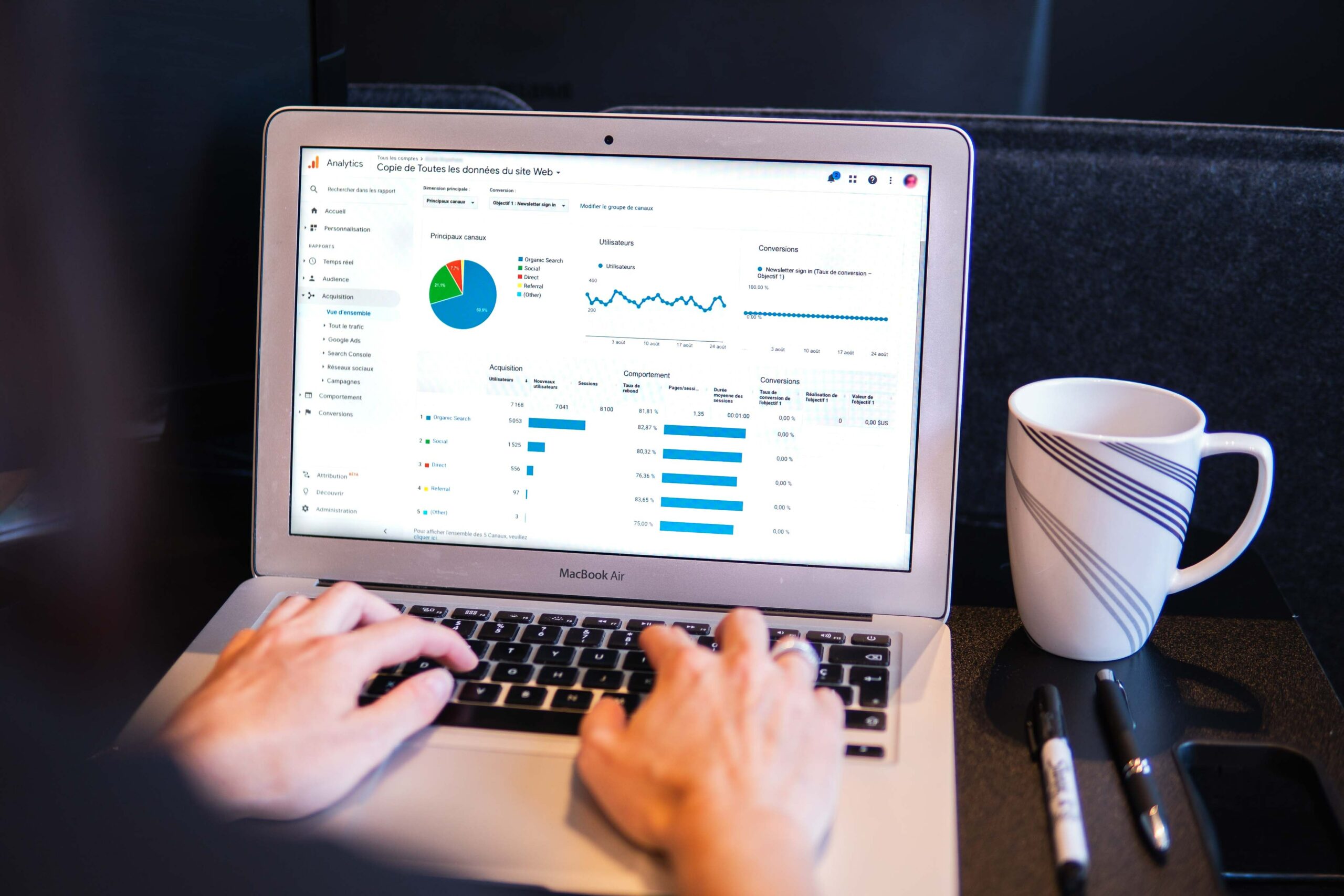You’ve made an effort to establish a community around your big annual event — way to go! But the hard work isn’t over just yet. At this point, you need to master the art of community management, which means you must prove that your community benefits your brand long-term. Even if you have a thriving community today, it’s good to track your progress to continue boosting community engagement over time. Community KPIs are a must for any online group. But instead of tracking vanity numbers that don’t say very much, you need to track valuable metrics that tell you whether your community is ready for lift-off or is on life support.
Not sure which community KPIs are worth your time? The KPIs you track will depend on your goals, but these 13 community KPIs are a great place to start.
Time on Page
How much time do people spend in your online community? Time on the page is a good indicator that your members find your content interesting, so check this community KPI to see how long folks linger in the group.
You can even check the time on page for specific pages, too. Time spent on page is a great way to narrow in on the most popular pages in your group. You might notice that certain discussion threads increase time on page while certain blogs might have a super low time on page — that’s your cue to adjust your content, so members spend more time in the group.
Total Members
How many people joined your group? Track your total members to see the community’s growth over time. Your community software should make it a cinch to track your percentage gain (or loss) on a daily, weekly, monthly, and annual basis.
You want membership to increase, so as long as your total members grow, it’s a sign you’re doing something right.
Remember that total members are a community KPI you need to consider with other metrics. For example, if you have thousands of members but they’re all inactive, that’s not actually a good thing, is it?
 Engagement
Engagement
“Engagement” can mean different things to different communities. You get to define how you want to quantify engagement, whether that’s in terms of:
- Likes
- New discussion threads
- Comments
- Shares
We recommend focusing on more high-value engagement indicators, like comments, because they contribute more to building a community than passive likes. If your comments section is lively, this is a good sign that your members enjoy your content and will stick around.
Traffic Sources
How do members hear about your community? For example, if they’re learning about your community after your big annual conference, that’s a sign that your conference was a hit and that people want to hear more from you.
There are so many ways people hear about your community. Maybe an industry influencer or a news outlet plugged your community! That’s marketing gold! Track your traffic sources to see which URLs drive traffic to your community. Tracking your traffic allows you to reach out and create a paid relationship where outlets can pass new group members to you in exchange for a commission.
Total Discussions
Discussions are the lifeblood of any online community. Total discussions are a critical community KPI because they tell you how engaged members are. If members create tons of discussions, that’s a sign that the community is active. But if discussions are pretty much zero, that’s a sign that you need to prompt users to start more discussions.
You can also look at your analytics to see which users start the most discussions. With this data in hand, you might be able to convert these active group members into internal influencers.
 Active Versus Inactive Members
Active Versus Inactive Members
As cool as it is to see your community numbers grow, not everyone will be an engaged member. Even so, it’s your job to get all members as involved as possible — after all, do you want dozens of lame-duck members who don’t contribute to the conversation?
If you have a lot of inactive users, it means you need to do something to activate them again. These “lurkers” joined for a reason, so why aren’t they engaging? Are they confused or overwhelmed? Do they find the content or discussion threads unhelpful? Send surveys to inactive members to get their thoughts; you can always throw in a free gift card to incentivize them to respond.
Conversions
You’re delivering value to members through your community, but you have ulterior motives. You want to leverage your community to make more sales as a brand. If you wish to make money from community memberships or product up-sells, an engaged community puts your brand front and center to your target audience.
But how effective is your community at bringing new customers into the fold? Track conversions to see how well your community serves your financial goals. You can do that by offering unique URLs or promo codes to community members; when they convert, you can quickly parse the data thanks to these unique identifiers. This way, you can compare the conversion rate of your community versus other lead sources, like your website or social media.
Return on Investment (ROI)
You’re putting time, effort, and money into your online community. ROI is a valuable community KPI that will tell you if all of the effort is worth it.
To calculate ROI, you’ll need to know:
- The time period
- The total expenses you paid to support the community during that time
- How much the community brought in sales
For example, if you want to know the ROI of your community for Q2 and you spent $5,000 to earn $10,000 in sales, your ROI would be 100%. You can also use a simple ROI calculator to calculate this for you.
 Rewatches
Rewatches
If members are going back and rewatching your videos, it means they’re interested in the content. Go through your analytics to see which videos had the most rewatches. For example, if an interview with a popular CEO blew your other videos out of the water, that’s a sign that members want to see more interview content.
Tracking community KPIs like this will help you fine-tune your content calendar to stay in touch with what members want to see — so you don’t waste your resources making content no one wants.
Referrals
You can boost signups by offering referral bonuses if you’re offering a paid community membership. Referrals are an intelligent way to increase group membership, but if you provide referrals, you need to track them over time to ensure they’re still working.
For example, if your referrals are pretty much nonexistent, it might mean you should:
- Offer juicier referral incentives
- Market the heck out of your referral program, so members know about it
- Check the signup process for bugs
Subgroups
Do you allow subgroups in your community? You should!
Subgroups allow people to niche down even more and connect with like-minded people in a safe space. That might mean creating special interest groups in your community for women, parents, people of color, the LGBTQ+ community, and more.
Subgroups are also a data goldmine for marketing and sales. You can gather vital intel on these niche audiences to create more relevant content they want to see.
Brief Sense of Community (BSC) Score
You want your community to give people the warm and fuzzies, but quantifying a feeling is no easy task. The good news is that Brief Sense of Community (BSC) scores can help you do just that.
This readymade framework makes it easy to interview community members on their experience with your community. If your BSCs are low, that’s a sign that you need to go even harder with community-building. And if they’re high, just keep doing what you’ve been doing because it works!
Come Out on Top With the Right Community KPIs
Community KPIs are quantifiable, so we like to think of them as the be-all, end-all. But data is still up to interpretation, so you must choose your community KPIs carefully. These 13 community KPIs will help you figure out what’s working in your group and how you can improve the group.
But if you need more hands-on help, we’ve got you. Endless helps brands transform one-off events into vibrant online communities that support and grow your brand. See how our tech-first approach helps you accurately measure your community KPIs.








